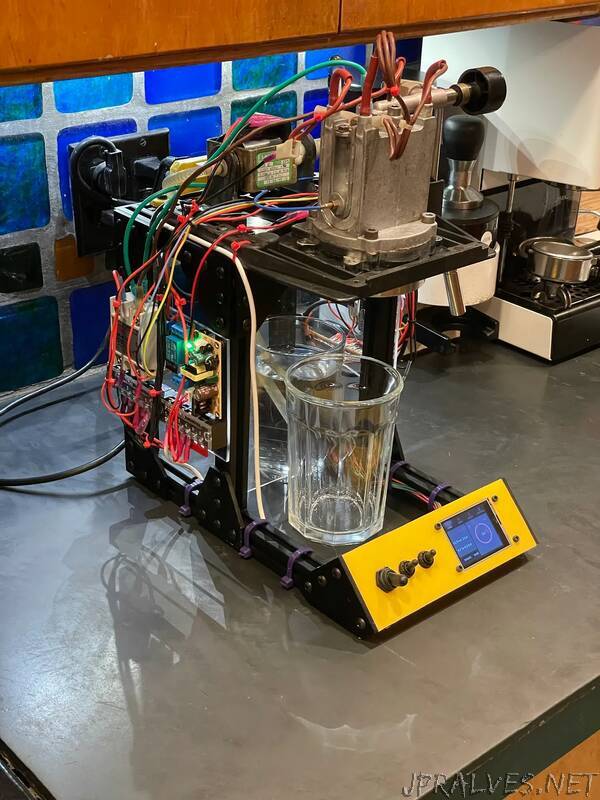
“Why?
I love well made espresso. It’s one of my favorite things to look for when I travel, and my social world revolves around cafes. The centerpiece of any café is the espresso machine. They are complicated, mysterious, hard to maintain, and very, very expensive. Who wouldn’t want to bring that experience home?
The start of an idea
I have a good home espresso machine, a Gaggia Classic Pro, and I use it every day. It replaced an Espresso Gaggia that was wearing out after many years on my counter. Not the fanciest or the most expensive, but it is reliable and most importantly it is what I’m used to.
On the other hand, I constantly hear experts talk about other machines, other techniques for making the perfect shot, and I see many suggestions for how I can mod my own machine to make it even better. That is a dangerous idea when the machine they want me to change produces my morning coffee - the last thing I want to do is break it.
After my old Espresso Gaggia was replaced, I took it down into the shop and disassembled it to see what had gone wrong.
As it turned out it was just corrosion - lime scale in the boiler which was blocking the flow of water. The pump still pumped and the boiler still boiled, and I started to have an idea. I now had a platform for experimentation, to try out some of the crazy things I was seeing on YouTube and online.
Enter Gaggiuino
One of my favorite espresso project sites is run by Zer0-bit and is called Gaggiuino. They take a Gaggia Classic Pro and add computer control and a graphical interface to allow detailed control of the espresso brewing process.
I didn’t want to mess with my new machine, and the housing of my old machine was pretty much worn out, so I started to think about how I could build a new machine using a few parts from my Espresso Gaggia, and the hardware and software specified by Zer0-bit and the community for the Gaggiuino project.
Gaggiuino is shared under a creative commons license, which allows the software to be used in a non-commercial setting, and I started wondering how practical it would be to build a matching open-source hardware espresso machine based on that software. This project was the result.”
